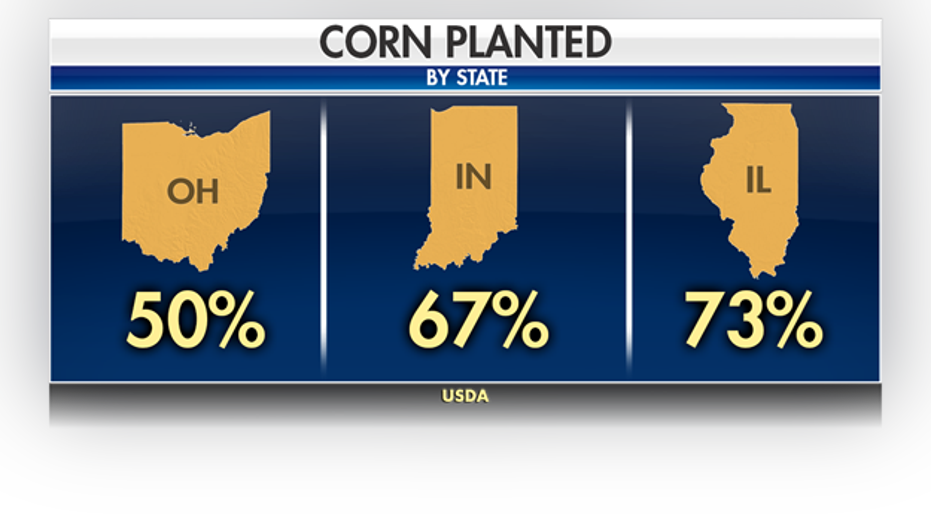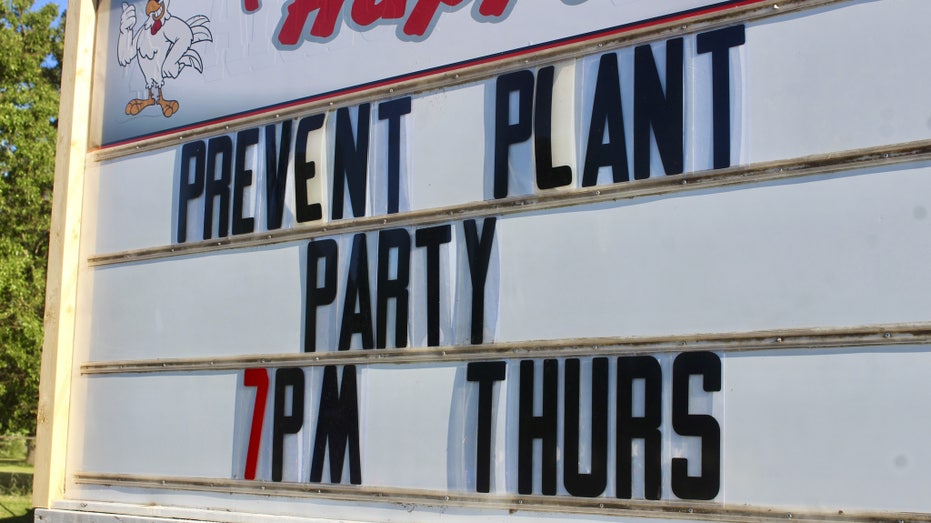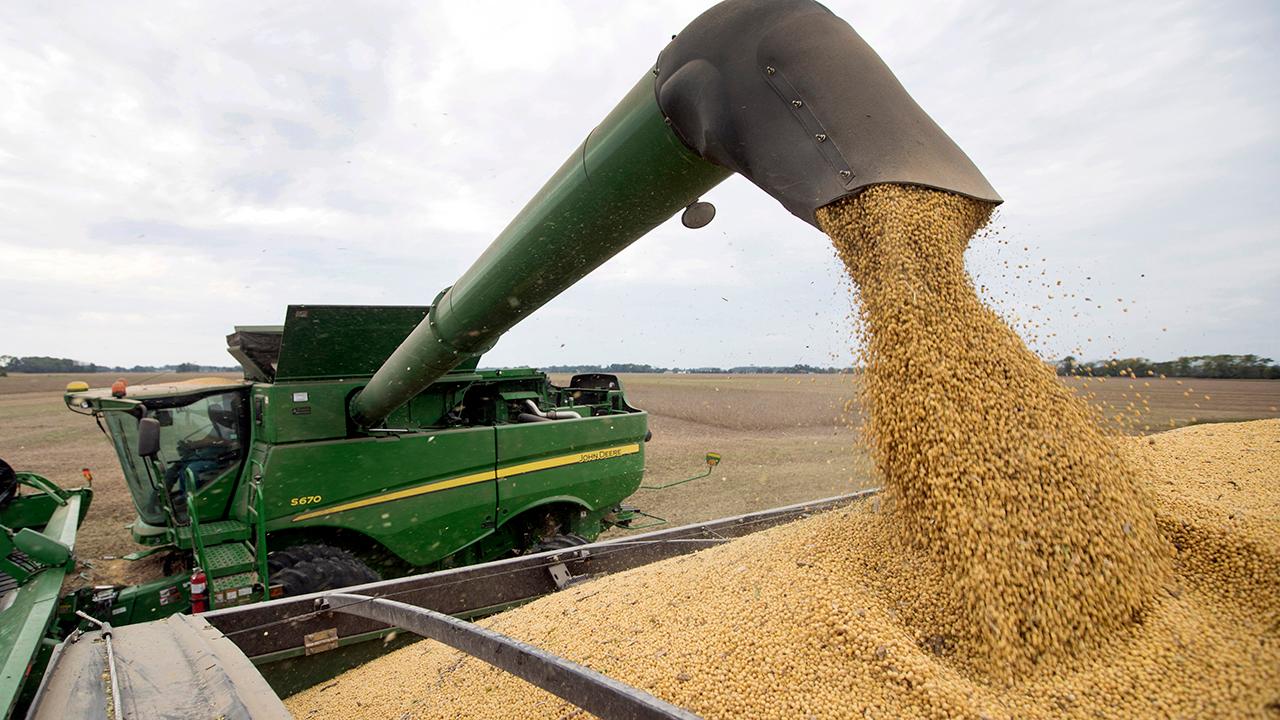Midwest corn farmer on planting season: 'Disaster like I've never seen before'
It’s a tough decision that many of the Midwest’s farmers had to make this month: To plant, or not to plant.
James McCune’s corn fields in western Illinois are typically covered with rows of hardy, knee-high corn this time of year. Instead, in 2019, five of every six acres he farms sit unplanted, pockmarked with water and mud.

“It’s a disaster like I’ve never seen before,” McCune told FOX Business. “My neighbors didn’t get 90 percent of their corn planted.”
After non-stop rain plagued the region this spring – when corn farmers typically get seed in the ground – most have decided time is now too short and are choosing not to plant.
“(Farmers) are soldiers when it comes to planting corn,” McCune said. “They love doing it. A lot of people say they didn’t try hard enough. That’s a disservice to them.”

According to the USDA, only 83 percent of the corn crop is in the ground across the nation, at a time when it should all be done.
In the Midwest, the situation is harshest. In Ohio, only half of cornfields have been planted. In Indiana, it’s two-thirds. Illinois has reached just 73 percent.

These statistics come at a time when the USDA is also downgrading how much corn each planted acre will provide at harvest time.
The three-year average for U.S. corn production is 175.9 bushels per acre. For this crop, which many farmers put into wet, compacted fields, the current projection is 166, the lowest in years.
“We planted some stuff that was not pretty,” said corn farmer Rob Sharkey. “But I didn’t have a choice. We did not get conditions that were right for planting, so we went when we could. It’s ugly.”

Sharkey spoke to FOX Business at a gathering of fellow farmers in Deer Grove, Ill., a village of fewer than 100 people amid a sea of farmland in western Illinois, not far from the Iowa border. Farmers called the event a “prevent plant” party, a term which refers to the insurance they claim for acres that will go uncultivated.
Most in northern Illinois had to decide earlier this month what land would be planted, and which would get “prevent plant” claims.
Corn farmer Kevin Kennedy says more than half of his acres will sit fallow.
“It’s kind of like in the game of baseball. Sometimes you have to bunt,” he said to FOX Business. “You just figure out a way to get on base. Our insurance levels were high enough to pay our bills and to be there to play the game next year. And that’s why we did it.”
Analysts agree, with fewer acres planted and lower yields, the U.S. will produce less corn in the 2019/20 season than it has in recent harvests.
This has been bullish for the price of corn. Futures at the Chicago Mercantile Exchange started spiking in mid-May as it became clear the rains would play havoc with farmers.
“We get pockets of claims every year,” said Luke Sandrock of the Cornerstone Agency insurance company. “We have 1-2 percent of our clients (who typically file). This year, it’s over 90 percent, and so we’ve just never dealt with it on this size of a scale before.”
CLICK HERE TO GET THE FOX BUSINESS APP
Many of the farmers at the gathering anticipate the number of unplanted acres to be higher than many commodity traders estimate – and that yields could go down further if weather is not ideal throughout the summer.
“(A farmer’s) life is making the best grain quality, the highest yields,” said Cutting Edge Consulting agronomist Jerry Hartsock. “And let’s face it – it’s not going to happen this year.”
Another important snapshot of the year’s crop will come June 28, when the USDA releases its annual acreage report, which directly surveys farmers. Hartsock, who travels the Midwest visiting farms, said traders and farmers alike will be watching it closely.
“I don’t think (traders) have a clue yet as to the millions of acres that will go unplanted,” he added. “We’re in for some crazy times in this marketplace.”




















